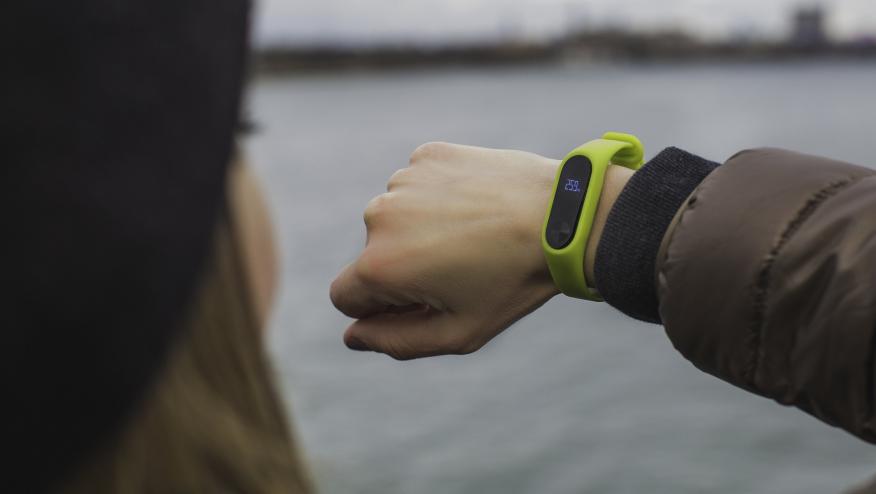Wearable Technology to Measure Arthritis Outcomes Save

In this lockdown, virtual medicine, post-COVID world, wouldn't it be ideal to have an reliable digital readout on patient activity as a measure of health? A multicenter study from the University of Nebraska Medical Center and the University of Alabama at Birminghams have completed a novel trial showing that the use of wearable activity trackers in gout patients was both feasible and effective in assessing gout activity and flares.
Gout patients with hyperuricemia, a smartphone, and two or more recent flares were enrolled and had their physical activity, heart rate, and sleep data assessed using the Fitbit Charge HR2. A total of 42 gout patients were enrolled; 33 met the criteria for minimal wear time and flare reporting (the activity tracker data was available for 60.5% of all total study days).
The mean age was 49 years; 85% were men; 88% were on allopurinol or febuxostat, and 30% reported ≥ 6 flares in the prior 6 months.
The activity trackers identified about one-third (38%) ofthe patients with flares and two-thirds (62%) without flares.
Patients with flares had significantly lower step counts (p < 0.0001) during gout flares (5900 ± 4071) than during non-flare periods (6972 ± 5214), yet sleep assessments not differ.
These devices should be incorporated into future arthritis research studies as the outcome measures are important to both patients and clinicians.









If you are a health practitioner, you may Login/Register to comment.
Due to the nature of these comment forums, only health practitioners are allowed to comment at this time.